Find the Best Hearing Aids in Australia: 2024 Ranking and Reviews
Hearing aids have come a long way in terms of technology, offering better sound quality, comfort, and customization. With an aging population and increasing awareness of hearing health, Australia’s market for hearing aids has expanded. This article will guide you through the best hearing aids in 2024, ranked according to their performance, features, and affordability.
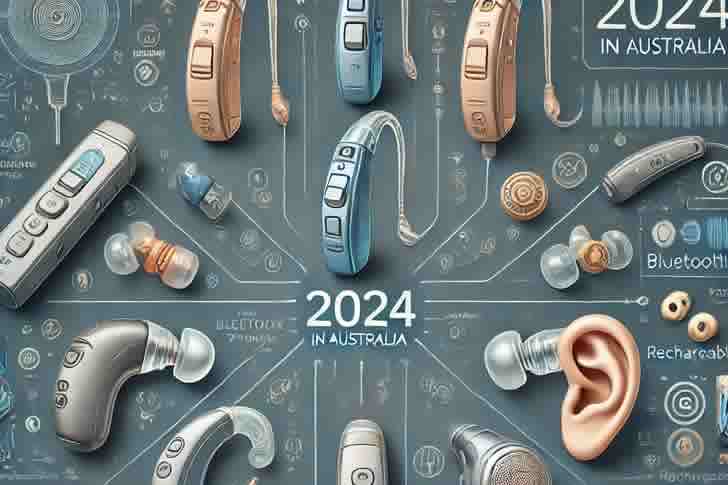
Top Factors to Consider When Choosing a Hearing Aid
Before diving into the 2024 rankings, it’s essential to understand the key factors to consider when choosing a hearing aid:
- Sound Quality: Clear and natural sound is crucial for daily use. Look for models with advanced noise reduction and feedback cancellation.
- Comfort: Hearing aids should be lightweight, discreet, and comfortable for all-day wear.
- Battery Life: Longer battery life can reduce the hassle of frequent charging or battery replacements.
- Connectivity: Many modern hearing aids come with Bluetooth, allowing you to connect to smartphones and other devices for calls or media streaming.
- Customization: The ability to fine-tune settings to match your specific hearing loss is essential for a personalized experience.
2024 Ranking of the Best Hearing Aids in Australia
Below is a table comparing the top hearing aids in Australia for 2024, based on features, performance, and affordability.
| Hearing Aid Brand | Model | Key Features | Price Range (AUD) | Battery Life | Connectivity | Warranty |
|---|---|---|---|---|---|---|
| Phonak | Audéo Lumity | Adaptive sound, Bluetooth, waterproof | $3,500 – $5,000 | 18-24 hours | Bluetooth | 3 years |
| Signia | Pure Charge&Go | Rechargeable, AI sound adjustment | $3,000 – $4,800 | 20 hours | Bluetooth | 3 years |
| Oticon | More 1 | BrainHearing technology, deep noise reduction | $3,600 – $5,200 | 18-20 hours | Bluetooth | 3 years |
| Widex | Moment 440 | Zero-delay processing, natural sound | $3,200 – $4,700 | 16-20 hours | Bluetooth | 2 years |
| Resound | ONE 9 | Directional sound, wireless streaming | $3,000 – $4,500 | 20-24 hours | Bluetooth | 2 years |
| Starkey | Livio Edge AI | AI sound, health tracking | $3,500 – $5,100 | 18 hours | Bluetooth | 3 years |
| Unitron | Discover Next | Speech enhancement, water-resistant | $2,800 – $4,500 | 18-22 hours | Bluetooth | 2 years |
| Beltone | Imagine 17 | Personalized amplification, invisible design | $3,100 – $4,900 | 16-20 hours | Bluetooth | 3 years |
| Eargo | Neo HiFi | Nearly invisible, rechargeable | $2,700 – $4,000 | 15-18 hours | No Bluetooth | 2 years |
| Audicus | Spirit | Affordable, Bluetooth-enabled | $2,500 – $3,500 | 14-16 hours | Bluetooth | 1 year |
Top Hearing Aid Features in 2024
- AI-Driven Sound: Models like the Starkey Livio Edge AI use artificial intelligence to adjust sound settings automatically based on the environment.
- Rechargeable Batteries: Most hearing aids now come with rechargeable batteries, making them more convenient and eco-friendly.
- Directional Sound: Resound ONE 9 and Oticon More 1 excel at focusing on the speech in noisy environments, reducing background noise.
- Waterproof Models: Phonak Audéo Lumity offers waterproof capabilities, making it suitable for outdoor activities or humid environments.
- Invisible Design: Eargo Neo HiFi is known for its near-invisible design, offering both discretion and performance.
Frequently Asked Questions (FAQ)
Q1: How much should I expect to pay for a top-quality hearing aid in Australia in 2024?
A1: Prices for premium hearing aids in Australia range from $2,500 to $5,200. The cost depends on the brand, model, and features. Customizable features like AI-driven sound or Bluetooth connectivity may increase the price.
Q2: Are hearing aids covered by health insurance in Australia?
A2: Many private health insurance plans in Australia offer partial coverage for hearing aids. Additionally, seniors may qualify for government subsidies through the Australian Government Hearing Services Program.
Q3: How often do I need to replace the batteries?
A3: Most modern hearing aids come with rechargeable batteries that last 16 to 24 hours per charge. Depending on usage, you may need to recharge them daily or every two days.
Q4: Are Bluetooth-enabled hearing aids worth the investment?
A4: Yes, Bluetooth-enabled hearing aids allow you to connect directly to smartphones, TVs, and other devices, offering a more seamless experience with phone calls, music, and media.
Q5: Can hearing aids help with severe hearing loss?
A5: Yes, several models, such as the Oticon More 1 and Phonak Audéo Lumity, are designed to assist individuals with moderate to severe hearing loss. It is important to consult with an audiologist to select the right model.
Benefits of Modern Hearing Aids
- Improved Sound Quality: Thanks to advanced processing algorithms, hearing aids in 2024 offer clearer, more natural sound.
- Comfortable Fit: Lightweight and customizable, modern hearing aids are designed to fit comfortably for extended wear.
- Health Tracking: Some models, like the Starkey Livio Edge AI, include health tracking features such as fall detection and heart rate monitoring.
- Eco-Friendly Rechargeable Batteries: No need to worry about replacing disposable batteries frequently.
- Seamless Connectivity: Bluetooth-enabled models allow users to stay connected with their phones and media devices effortlessly.
Conclusion
Choosing the best hearing aid in 2024 depends on your individual needs, budget, and lifestyle. From AI-enhanced sound and Bluetooth connectivity to waterproof and nearly invisible designs, there’s a wide range of options available in Australia. Top brands like Phonak, Oticon, and Starkey lead the market with advanced features and excellent sound quality. It’s important to consult an audiologist to find the right hearing aid for your specific hearing needs and budget.
References
Best Hearing Aids 2024
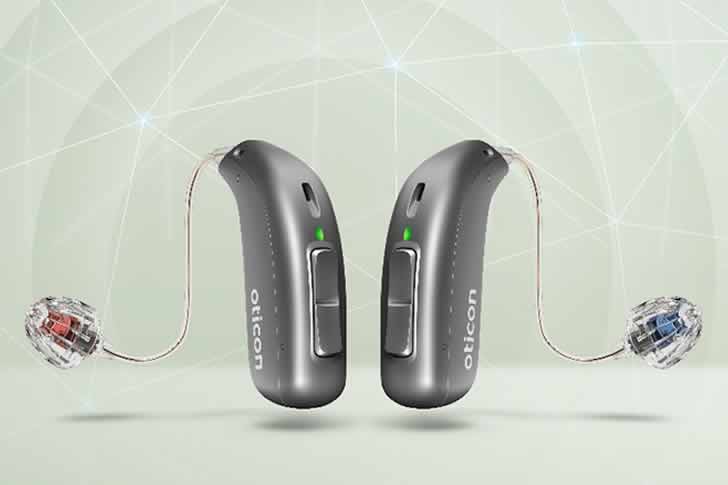
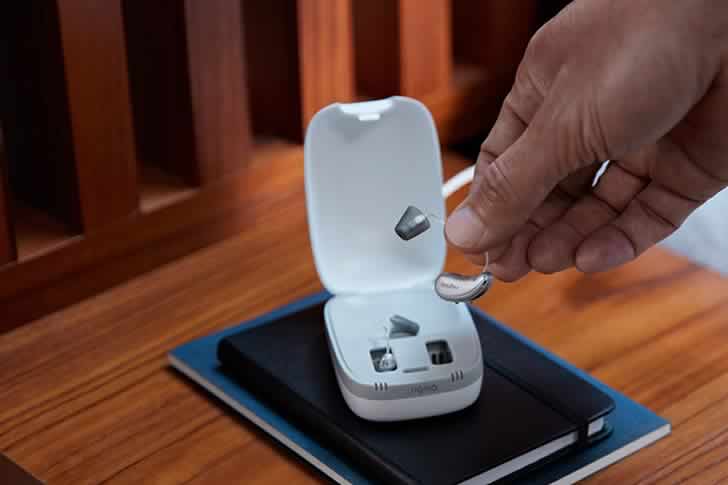
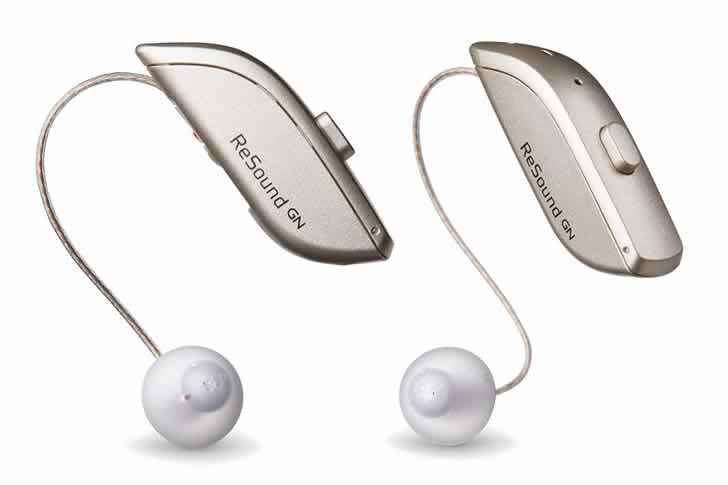
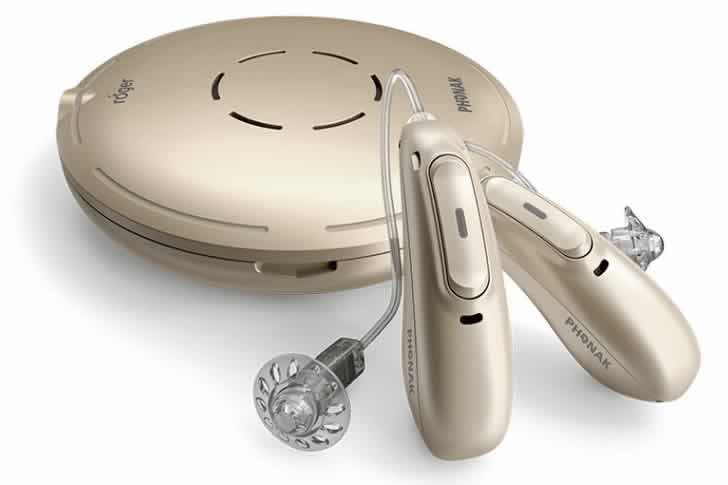







Recent Comments